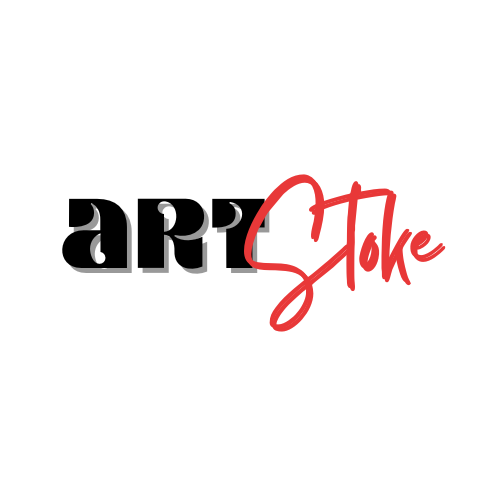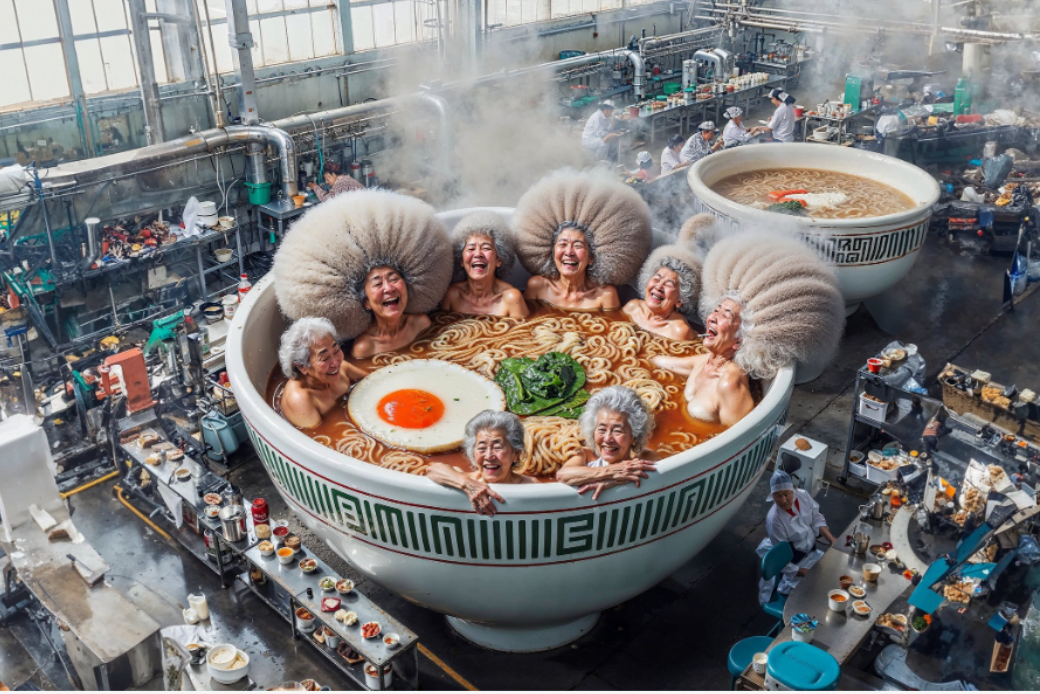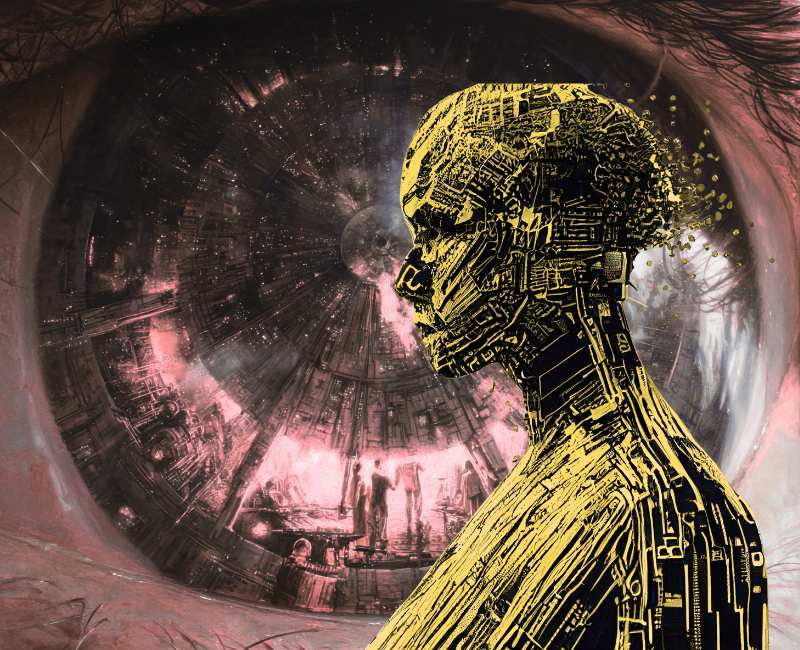We love the metaphor of mycelium
We invoke it in meetings, fellowships, and manifestos.
We use it to describe decentralised governance, distributed intelligence, resilience, mutual aid.
We call our organisations rhizomatic. We speak of spores and networks and regenerative ecosystems.
And it makes sense.
Mycelium is elegant. Non-hierarchical. Decentralised. A powerful alternative to extractive systems.
But something about how we’re using it has started to trouble me.
Because while we speak the language of fungi, of nature, of non-human wisdom — we often skip the mess. We skip the grief. We skip the deep human storywork that’s still asking to be composted.
And I wonder:
Are some post-anthropocentric movements bypassing cultural healing by retreating into nature metaphors?
Or are we willing to follow the mycelium down — into the muck, the memory, the rot — where something real can actually grow?
The Problem With Clean Metaphors
Nature, as metaphor, has become the new utopia.
Post-anthropocentric frameworks — from mycelial networks to rhizomatic thinking, biomimicry to planetary intelligence — offer an escape hatch from the anthropocentric, hierarchical, carbon-crashing systems we’re stuck in.
But too often, they offer that escape without asking:
- Whose histories are we bypassing?
- Whose trauma are we leaving unspoken?
- What grief has gone unmourned?
- And what are we turning away from in our rush to entangle with the more-than-human world?
In these moments, “nature” becomes the blank slate.
It becomes the aesthetic — clean, apolitical, unburdened.
A safe place to imagine futures, because it requires no reckoning with the past.
That’s the bypass.
Real Mycelium Grows in Rot
But here’s the thing we forget:
Mycelium doesn’t grow in clarity. It grows in decay.
It grows in compost, in trauma, in death.
It digests. It metabolises. It holds what others discard.
It breaks things down — slowly, invisibly, relationally — into forms that can sustain new life.
A fungal worldview is not clean. It is death-informed.
To truly invoke mycelium is to follow the filaments downward — into the soil, into the wreckage, into the unspoken.
If we’re serious about this metaphor, we have to ask:
What are we composting?
What has been left to rot?
And who is ready to sit with the smell of it — long enough to make meaning?
Memory, Grief, and Cultural Repair
In South Africa — where I live and work — we know what fractured systems look like. But we also know what fractured memory feels like.
Our country is layered like the ancient city of Rome:
The Khoi and San, the first people, still echo in language and land.
Migrations of African people from the north and west created rich cultural collisions.
Colonialism brought not just bodies, but ideologies — Dutch, German, British, French — each layering their own systems of erasure and control.
Apartheid industrialised that erasure — into law, into land, into the very structures of economy and culture.
And then: the TRC. A partial reckoning. A gesture toward healing. But no full repair.
Today in South Africa we watch the genocide of Palestinians by the colonial apartheid state of Israel and feel something break open again.
Because we are not healed.
The wound isn’t just apartheid. It’s the whole architecture of rupture — uninterrupted, unacknowledged, unintegrated.
And here’s what I’ve come to believe:
We cannot build regenerative systems without composting cultural grief.
The past must be metabolised.
The pain must be expressed.
Not solved. Not “reconciled.” But named, honoured, and digested — so something living can emerge.
Composting vs. Hacking
In some circles, I’ve seen the word “culturehack” presented as a solution — a clever trick to shift norms or rewire attention.
But culture can’t be hacked.
Culture is not code. It’s compost.
It’s memory, story, language, pain, belonging, contradiction, lineage.
It’s what lives in the soil beneath systems.
It’s slow. Messy. Beyond our control.
Composting is the true post-anthropocentric practice.
Not because it’s natural, but because it teaches us how to stay with what we’d rather skip.
Composting is the opposite of a hack.
It asks for time. For humility. For presence.
It doesn’t optimise. It digests.
The Entanglement We Must Stay With
To practice mycelial ethics means we don’t just name “entanglement.”
We live it.
And that means staying with:
- The grief of histories not yet acknowledged
- The discomfort of power not yet relinquished
- The memory of cultures made fragile by centuries of silence
- The contradictions of working inside systems we wish to dismantle
Entanglement isn’t a diagram.
It’s a daily decision — to stay in the discomfort and not code your way out of it.
Why Does Mycelium Die?
This is the question I find myself sitting with.
Why does mycelium die?
Sometimes the soil is poisoned — chemically or narratively.
Sometimes the interconnection is severed.
Sometimes the cycle is broken — because death is no longer honoured, because extraction has replaced return.
But maybe the better truth is this:
Mycelium doesn’t die. It retreats. It remembers. It bides its time.
And sometimes, it dies so something else can feed.
It becomes food for those who come next.
A layer in the soil of future coherence.
This is the essence of regeneration.
That’s the lesson.
That’s the practice.
Closing
If you’re invoking nature, invoke memory.
If you’re invoking mycelium, invoke mourning.
And if you’re building a commons, build it with the compost of what was once broken — but still alive beneath the surface.
The work is slow.
The roots are deep.
And the soil remembers.




